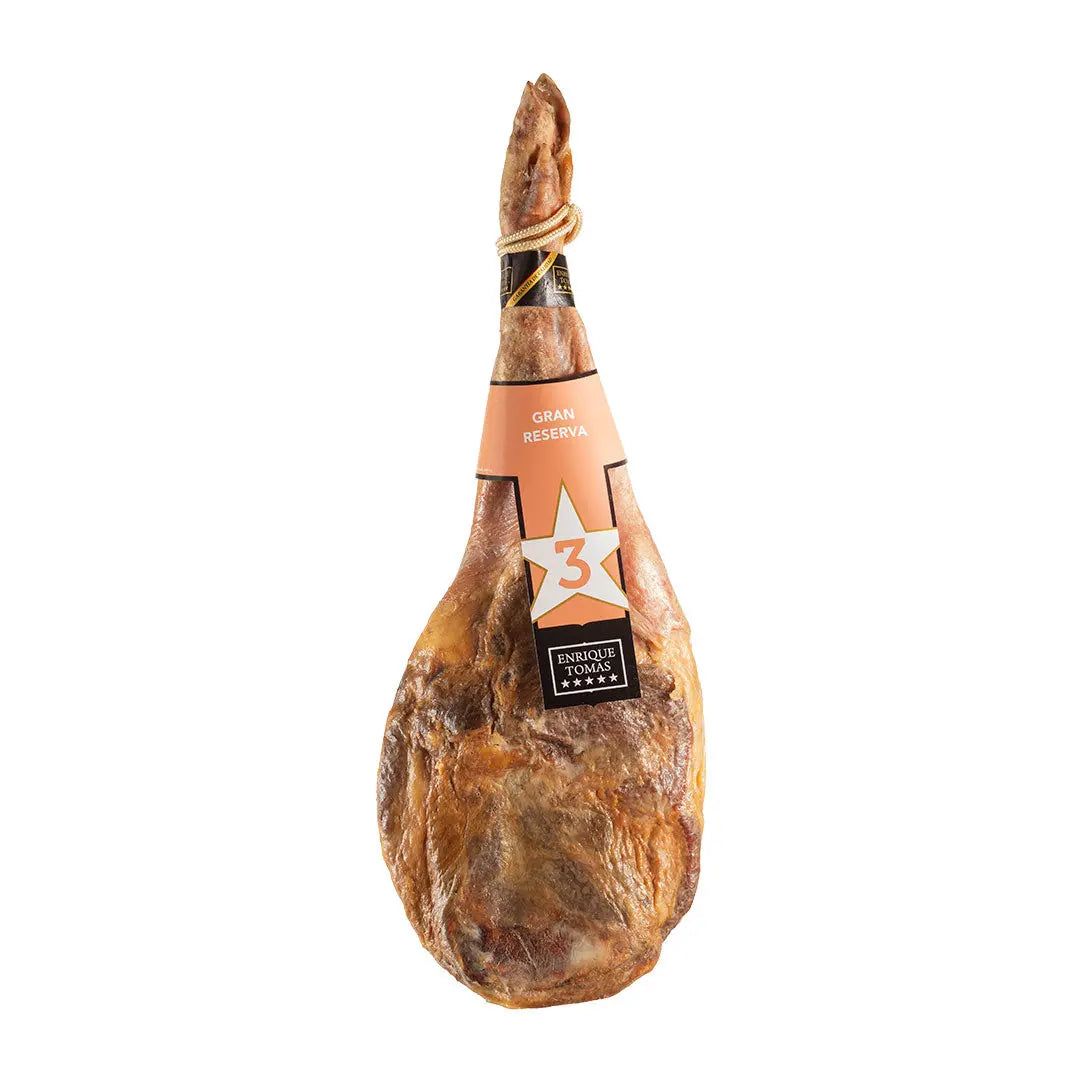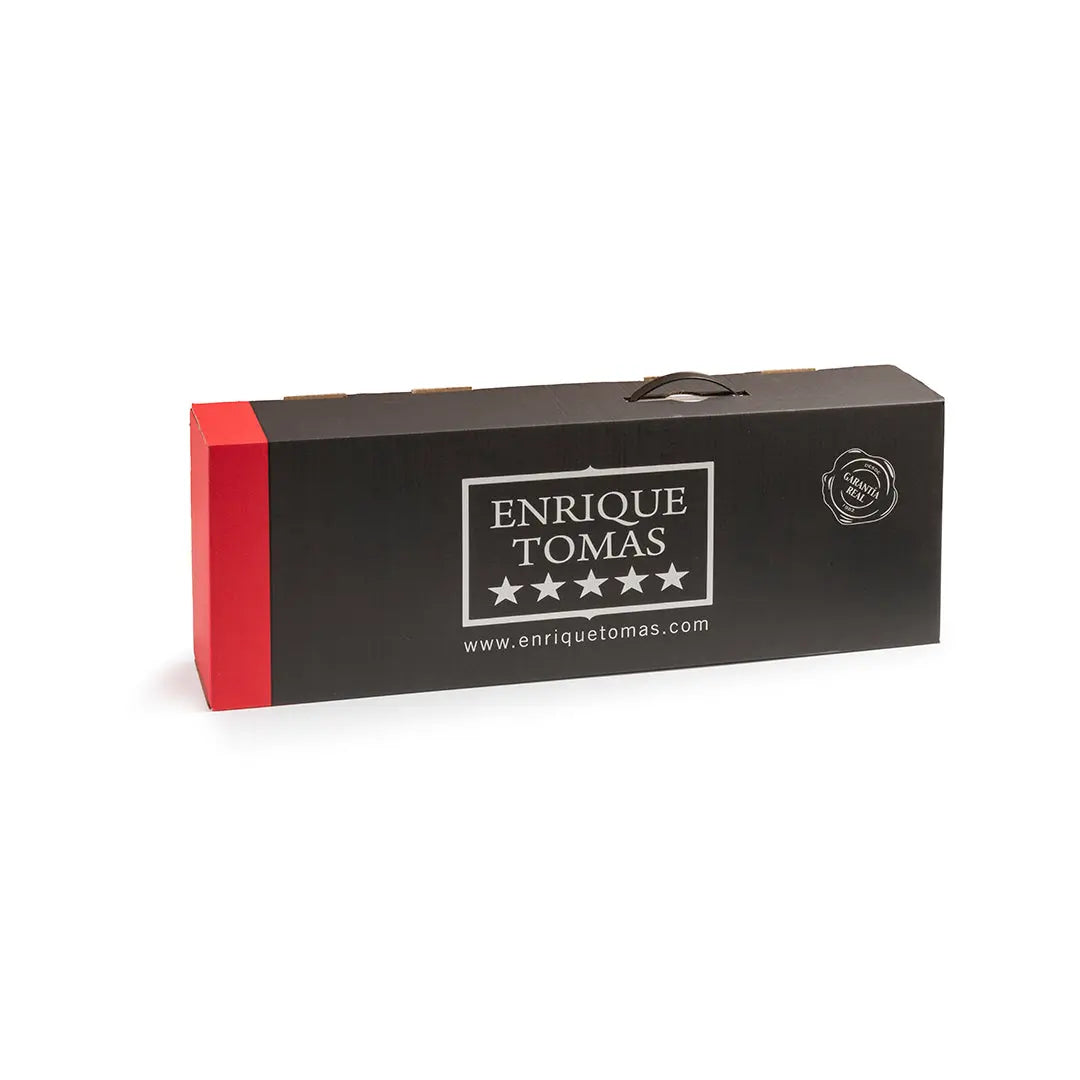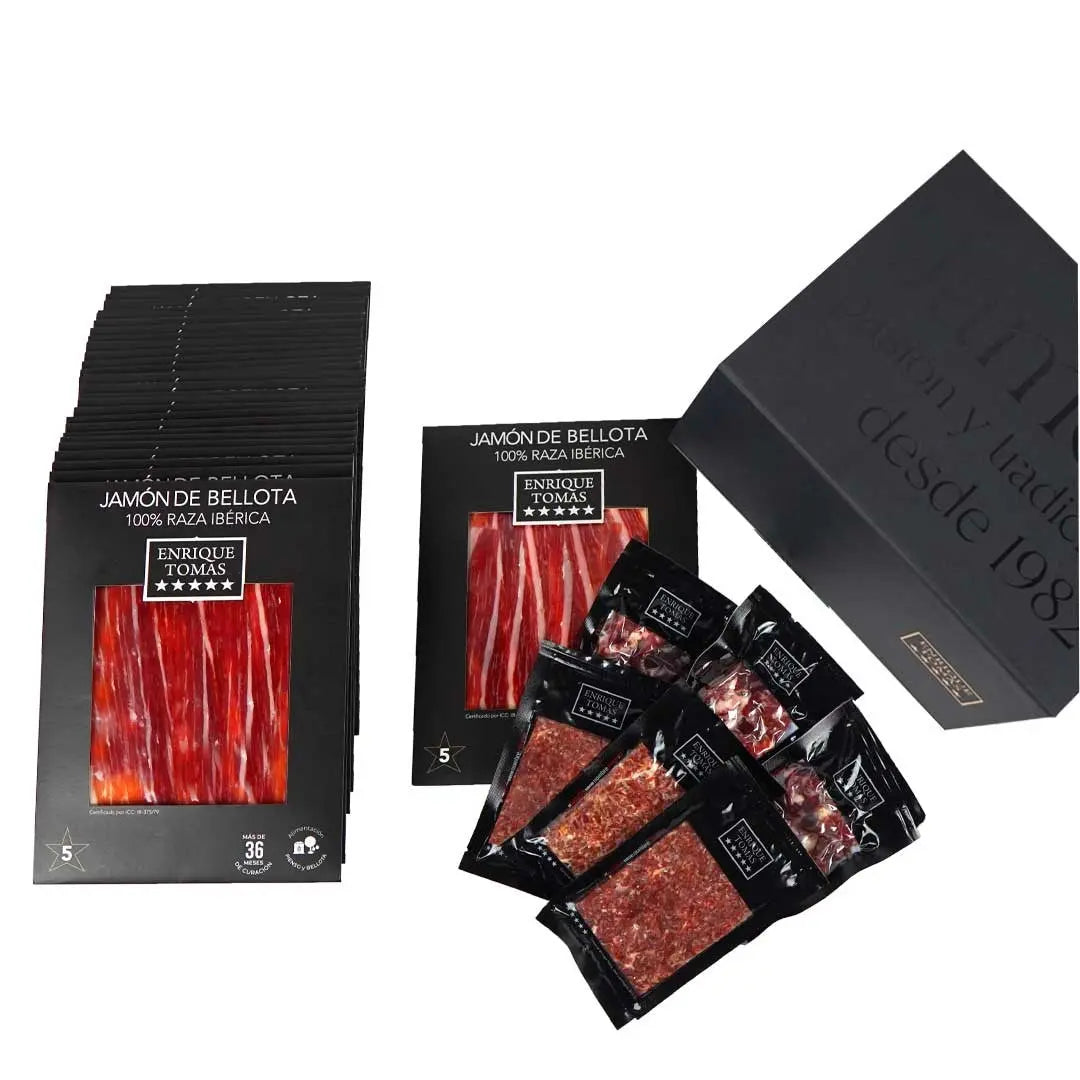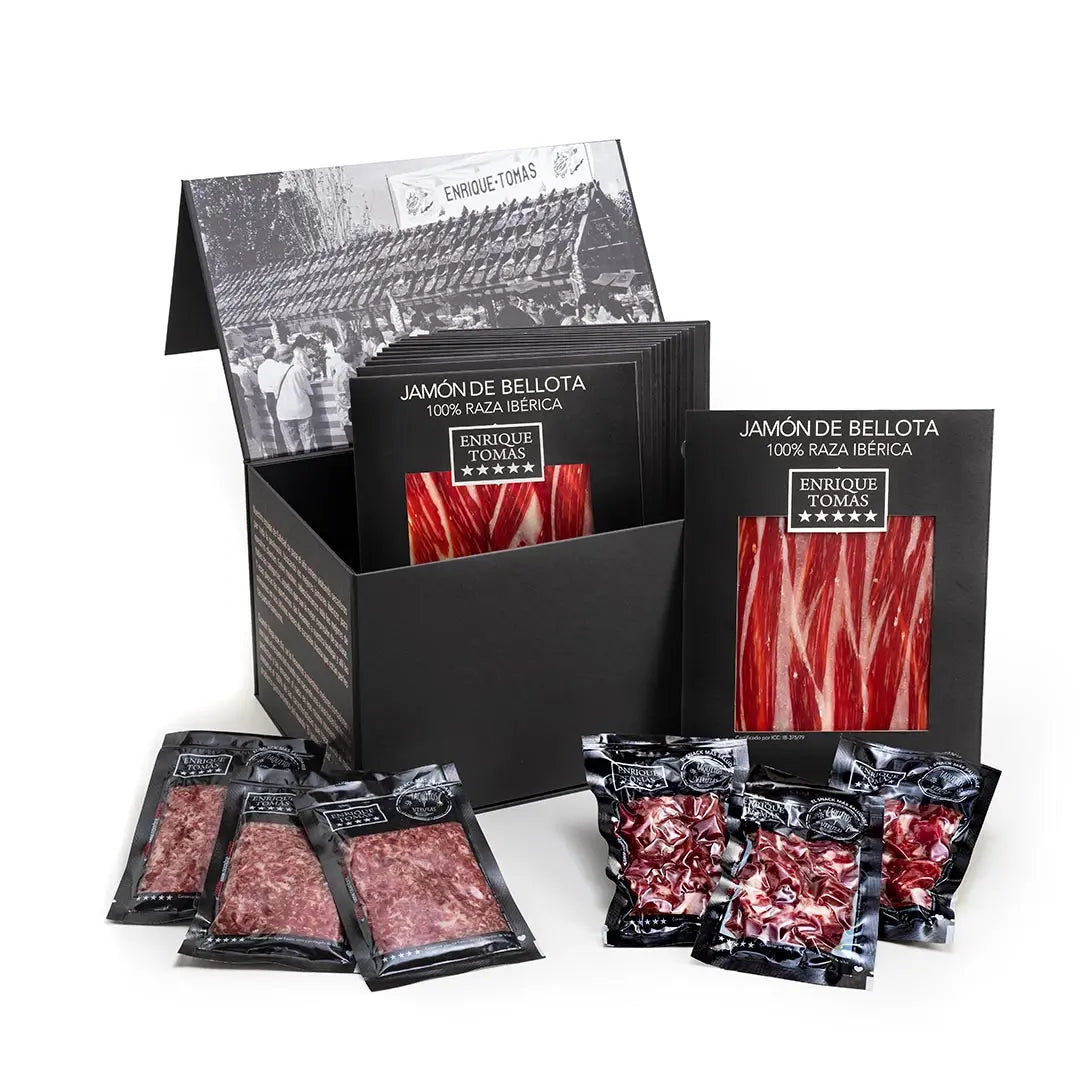Spanish cuisine is full of great chefs with worldwide reputations and there are many Spanish restaurants that have or have had one or more Michelin stars. But beyond the high culinary level and the world fame of our great chefs, our Mediterranean cuisine is known throughout the world for the quality and freshness of our raw materials and the use that we make of all of them on a social and culinary level. In Spain we love to eat and go for tapas, but what is most important for us is the time to share a good table with family or friends: eating is pleasure, it is sharing and enjoying one of the best things that has been given to us. nature and in Spain we are lucky to have so many of our own resources.
Tapas as a prominent part of Hispanic culture
Obviously, if we talk about Spanish cuisine, we cannot fail to mention a part as well known worldwide as our famous tapas. The history of tapas dates back to the 13th century in medieval Spain where taverns had to find the best resources to make walkers and travelers want to stop to eat or spend the night in their hostel. The word “lid” was literally an object that served to cover the thirsty traveler's cup and prevent unwanted flying objects such as dust or insects from entering, and that lid was usually a piece of ham or salted meat. So the innkeepers managed to let their thirst do the rest so they could continue drinking and eating.
Therefore, ham is considered the first tapa in history and today it is more than just a tapa, it is a gastronomic jewel and symbol of Spanish culinary culture.
Variety and color
If a feature or words defines our gastronomy, in addition to quality and freshness, it is the variety and color of its foods: vegetables, fruits, vegetables, legumes, fish, shellfish, meats... all homegrown that has been brought to each region or geographical area to fully exploit its resources in avant-garde cuisine, a world leader for its variety and extraordinary quality.
The same happens with our wines and cavas, there is no region in Spain that, due to its climate and wine-growing tradition, does not have a wine or a cava or both of its own production. Who does not know a Rioja or a Ribera del Duero, a Chacolí or an Albariño, a Cava Brut or a Jérez. Everywhere in the world today you have heard of them, or tried them. Spanish wine is excellent and is one of the best in the world also in terms of quality-price ratio. In Spain, eating with wine every day is not a luxury as it is in many countries, even when they are producers of certain wines. Our great variety and quality allows us to have a glass of wine whenever we feel like it, because Spanish wine does not have to be expensive to be good, nothing could be further from the truth. That said, we are very lucky!
Jamón and Wine
Within Spanish gastronomy, ham is the King and Enrique Tomás has reigned for more than 40 years, those of us who are dedicated to loving it and bringing it to the rest of the world. Iberian ham is unique in the world, there is no other like it because it can only be made from the Iberian pig, a breed that is raised exclusively in the Iberian Peninsula and with genetic traits that make it special and ideal to be a culinary delight. . Furthermore, its preparation is ancient and is passed down from generation to generation by the hand of master ham makers who are faithful to their own tradition that over the centuries has been adapting to climate changes and the different Montaneras “final cycle of aging in freedom of the Iberian pig in the pasture where it eats only acorns and wild fruits.”
We have already talked about wine about how important it is in our culture, both gastronomic and popular. And of course a good ham if it has a good pairing, then it becomes an unparalleled gastronomic experience. A wonder for lovers of both things. At Enrique Tomás we have the best of both things, if you want to buy the best ham and the ideal wine to pair with it, whether white or red. They are wines made for us, designed to pair perfectly with ham and so that when we taste both things we feel the benefits of each on our palate but without disturbing each other and we fully enjoy both delights. And if you prefer a cava, we also have great ones.
Grand Reserve Paleta - Selection
- Regular price
-
63,93 € - Regular price
-
- Sale price
-
63,93 €
Description
Paleta Grand Reserve - Selection
Product Description:
- Net Weight: 4.7 - 5.2 kg (Ham stand not included)
- Ideal for: Common uses, tapas, sandwiches, individual consumption, various culinary preparations, and any other relevant application. (The weight of the piece may vary due to production conditions and other logistical aspects.)




50% Iberian Cebo de Campo Ham - Selection
- Regular price
-
270,45 € - Regular price
-
0,00 € - Sale price
-
270,45 €
Description
50% Iberian Cebo de Campo Ham - Selection
Jamón is an art and as such, we treat it very carefully so that all our customers enjoy the magnificent experience of eating jamón. Then, we begin with the mention that the jamón is made from Iberian pigs, animals unique in the world, which have the ability to infiltrate fat into the muscle. These pigs have been fed with feed, cereals and vitamins until they have reached 100 kilograms of weight, then they have been released into the pastureland where they have been able to eat freely wild fruits, grass and similar. Finally, and this is where the main difference of the Jamón from the rest types of Jamón lays: the fattening process is finished again with feed and cereals.
As for the dry-curing process, after a perfect cooking process, the pieces of jamón de cebo de campo spend a period of 24 months dry curing, so that when you arrive at your table, enjoy a product in the best point of flavour, colour and texture. The quality of the raw material and the delicate treatment of the product, following each process to perfection, is what guarantees us that all the Jamón of Enrique Tomás is the best.
The quality team and Enrique Tomás has made a selection of the best Iberian hams that can be found in the world today. When you taste it, you will notice its high degree of flavour and smoothness.
Details about this piece:
- Net weight: 8 - 8,5 kg (Ham holder and knife not included)
- Ideal for: Slicing, communal use, tapas, sandwiches, for eating alone, cooking and whatever is convenient. (Part weight may vary due to production conditions and other logistical aspects).




100% Iberian Acorn-Fed Ham - Selection
- Regular price
-
540,91 € - Regular price
-
- Sale price
-
540,91 €
Description
100% Iberian Acorn-Fed Ham - Selection
When we speak of a Jamón as "Pata Negra" we always refer to the purity of the Iberian breed, that is, the pigs from which this product has been obtained are pigs with both Iberian parents, which guarantees that their meat is 100% Iberian. Iberian pigs differ from other pigs and animals in the world because of their capacity to infiltrate fat into the muscle, fat that they obtain thanks to a controlled diet and exercise during the Montanera season in the pastureland.
Keeping one of our mottos, which says that "the best ham is the one you like the most", we can say that with one of these vacuum-packed bags of Jamón Bellota 100% Ibérico, you will experience in your own flesh what we mean when we say that Jamón is not just for eating, but to be enjoyed.
Detailed description of this piece:
- Net weight: 7 - 7,5 kg. approx (Ham holder and knife not included)
- Ideal for: Sliced Taste, common uses, tapas, sandwiches, to eat alone, cook and whatever is convenient. (Part weight may vary due to production conditions and other logistical aspects).






FAQ's
WHAT IS SPANISH CUISINE?
It is one of the best in the world for its great variety of fresh and varied gastronomic products obtained from the Iberian Peninsula, a privileged place for having a great climate and an extraordinary location in the Mediterranean, but with well-differentiated climatic zones if it is the North. or the South, the East or the West. Sea and mountains, cold and heat, all of this gives rise to top quality food that, thanks to great native chefs, becomes spectacular, varied and very tasty cuisine.
WHERE CAN I EAT SPANISH CUISINE?
It can be eaten almost everywhere in the world. Nowadays, one of the advantages of globalization is that the world is getting smaller and the distances are shorter so we can find Spanish gastronomic products everywhere and Spanish chefs all over the planet. Obviously, the best Spanish cuisine is found in Spain due to the proximity and surroundings, so it is well worth a visit. And not just for the food!
IS SPANISH CUISINE FAT OR CALORIE?
Outside our borders, we tend to believe that Spanish cuisine is very fatty because it uses olive oil to a large extent, but this is totally untrue and quite the opposite. Virgin olive oil, used well and in the appropriate quantity, is the best for our health, especially cardiovascular, and the basis of our well-known Mediterranean diet, recommended worldwide as the best for being balanced and varied. Obviously, as in any cuisine, there are dishes richer in fat than others. But be careful! Fat is not always synonymous with unhealthy. Our body needs vegetable and animal fats, we just have to eat in a balanced way and with quality products.



















